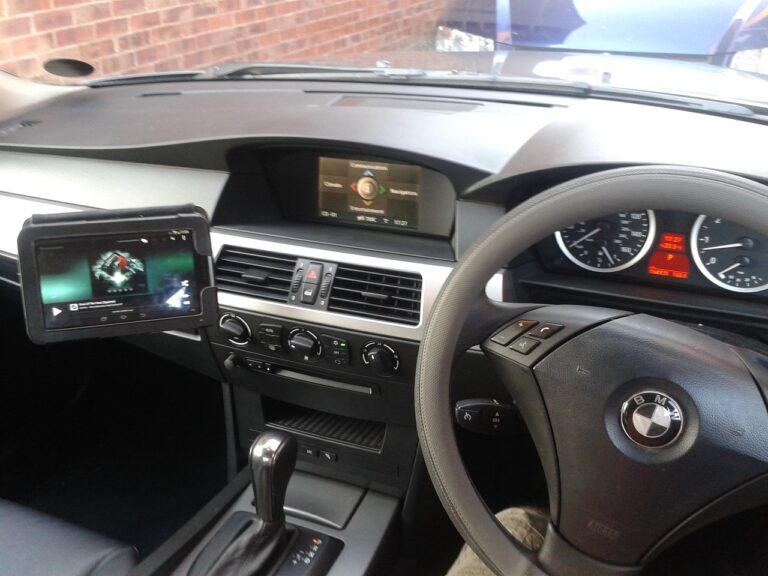Investigating the Impact of Vehicle-to-Vehicle Communication on Traffic Safety
Vehicle-to-Vehicle Communication Technology utilizes wireless technology to allow vehicles to communicate with each other in real-time. By exchanging information such as speed, position, and direction, vehicles can enhance safety on the road by alerting drivers to potential dangers and assisting in collision avoidance strategies. This technology relies on sensors and dedicated short-range communication (DSRC) to establish a network between vehicles, creating a seamless flow of data to improve overall road safety.
One of the key components of Vehicle-to-Vehicle Communication Technology is its ability to provide drivers with early warnings of hazardous conditions, such as sudden stops or icy road conditions. Through this instant exchange of information, vehicles can proactively adjust their speed and course to prevent accidents before they occur. Additionally, this technology can also be integrated with other advanced driver assistance systems to further enhance the overall driving experience and reduce the likelihood of collisions.
History of Vehicle-to-Vehicle Communication
Vehicle-to-vehicle communication technology has a rich history dating back to the 1990s when the concept was first explored as a means to enhance road safety and efficiency. The idea of cars communicating with each other wirelessly to exchange information such as speed, position, and direction was seen as a futuristic solution to reduce accidents and traffic congestion.
In the early 2000s, significant advancements in wireless communication technology paved the way for the development and implementation of vehicle-to-vehicle communication systems. Various research projects and pilot programs were initiated to test the feasibility and effectiveness of this emerging technology in real-world driving scenarios. As the capabilities of communication protocols and sensor technologies improved, the potential benefits of vehicle-to-vehicle communication became more apparent, leading to increased investment and interest from automakers, regulators, and researchers alike.
Benefits of Vehicle-to-Vehicle Communication
Vehicle-to-vehicle communication technology offers a range of benefits for both drivers and the overall transportation system. One key advantage is the potential to enhance road safety by providing real-time alerts about potential hazards and creating a safer driving environment. With V2V communication, vehicles can share important data such as speed, position, and direction, allowing them to coordinate and react to sudden changes on the road more effectively.
Furthermore, V2V communication can also help improve traffic flow and reduce congestion on busy roadways. By enabling vehicles to communicate with each other, drivers can receive information about upcoming traffic conditions and adjust their routes accordingly. This proactive approach to traffic management can lead to smoother traffic flow, shorter travel times, and reduced fuel consumption, ultimately benefiting both individual drivers and the environment.
What is vehicle-to-vehicle communication technology?
Vehicle-to-vehicle communication technology allows vehicles to exchange information with one another, enabling them to communicate and share data such as speed, position, and direction.
How does vehicle-to-vehicle communication work?
Vehicle-to-vehicle communication uses wireless technology to send and receive messages between vehicles in close proximity. This communication allows vehicles to be aware of each other’s presence and make informed decisions to improve safety and efficiency.
What are the benefits of vehicle-to-vehicle communication?
Some benefits of vehicle-to-vehicle communication include improved road safety, reduced traffic congestion, enhanced driver awareness, and increased fuel efficiency. It can also pave the way for autonomous driving and smart transportation systems.
Is vehicle-to-vehicle communication technology widely used today?
While vehicle-to-vehicle communication technology is still in the early stages of implementation, it is gaining momentum as automakers and governments recognize its potential benefits. Several pilot projects and initiatives are underway to test and deploy this technology.
Are there any privacy or security concerns with vehicle-to-vehicle communication?
Privacy and security are important considerations with vehicle-to-vehicle communication technology. Measures such as encryption, authentication, and data anonymization are being implemented to address these concerns and ensure that personal information is protected.





